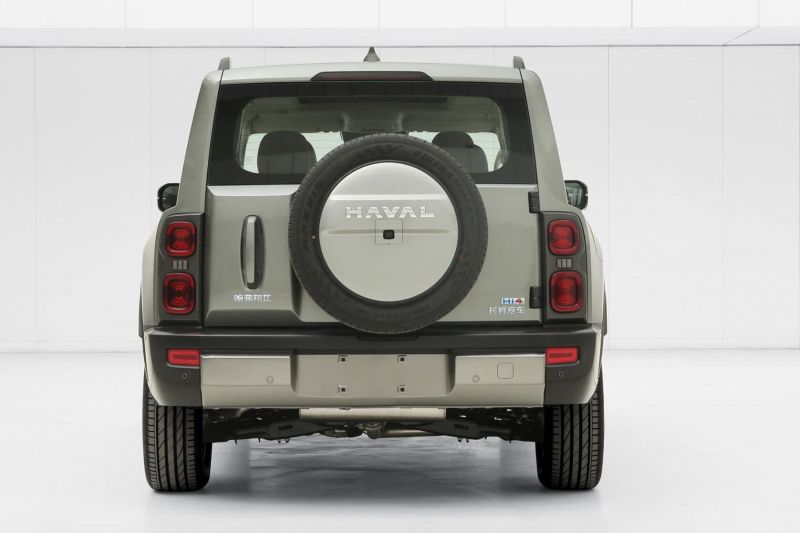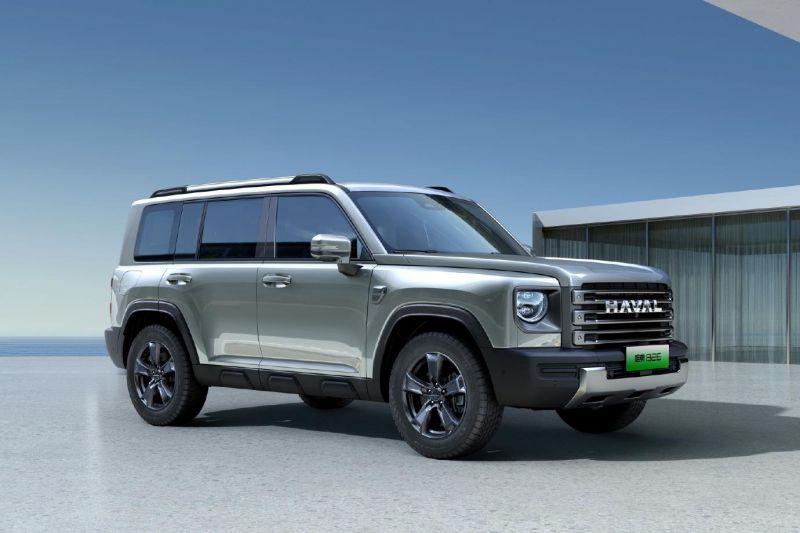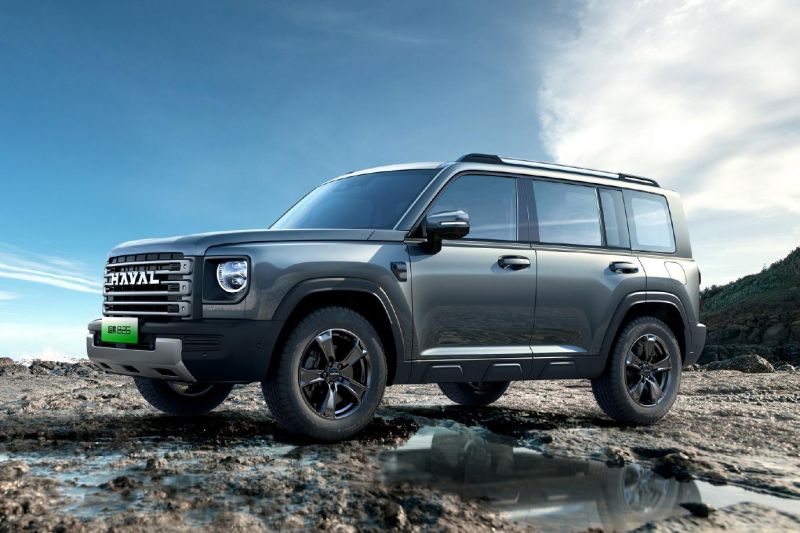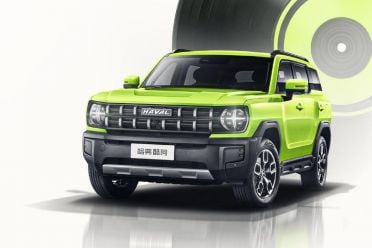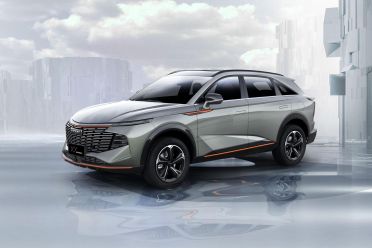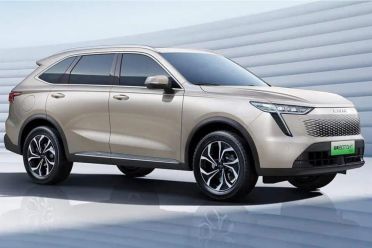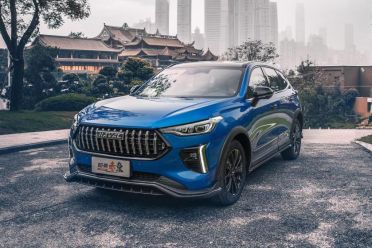GWM’s Haval SUV brand is introducing its boxiest SUV yet, and it’ll feature the brand’s new plug-in hybrid technology.
The brand has teased the new model on social media network Weibo, while images from the Chinese Ministry of Industry and Information Technology (MIIT) appear to have confirmed its name: Xianglong.
“The Haval Xianglong isn’t under consideration for Australia at this stage, but we will continue to watch its development closely,” said a spokesperson for GWM Australia.
Unlike the previously revealed Xiaolong, which will also feature plug-in hybrid power, the Xianglong features upright styling strongly reminiscent of the Land Rover Defender.
That includes the external spare tyre carrier and the vertical tail lights consisting of two ‘squircle’ elements situated within a darker piece of trim.
The front incorporates a pair of round headlights within squared-off recesses, plus a grille with strong horizontal elements. Again, the look is rather Defender-like.
The interior has yet to be revealed.
According to the MIIT filing, it measures 4800mm long, 1916mm wide and 1822mm tall on a 2738mm wheelbase.
For reference, a Defender 110 is quite a bit bigger at 5018mm (including the spare wheel) on a 3022mm wheelbase, which puts the Xianglong closer in size to the 300 from Haval’s sister brand Tank.
Car News China reports it will have “hard-core off-road” capabilities, and will launch in China in the second half of this year.
The Hi4 badge on the tailgate confirms this will use GWM’s latest plug-in hybrid tech, debuted earlier this year on the sleeker Haval Xiaolong.
Models with the Hi4 set-up will offer either 19.94kWh and 27.5kWh batteries, with a claimed range of over 100km.
They’ll be mated with two different powertrains.
One is an Atkinson cycle 1.5-litre with a high 16:1 compression ratio and peak power and torque outputs of 80kW and 135Nm. It features intake variable valve timing (VVT), an electronic water pump and thermostat, and other friction-reducing technologies.
The other is a turbocharged Miller cycle 1.5-litre with peak outputs of 120kW and 240Nm, dual VVT and a 350 bar fuel injection system.
The engines are mated with 70kW front and 150kW rear electric motors and GWM says maximum system power, depending on the model, will be 340kW.
That results in a claimed 0-100km/h time of as little as 6.4 seconds, again depending on the model.
The front motor includes a two-speed hybrid transmission. The transmission system features two electromechanical coupling units.
GWM claims improved energy efficiency of around 8 per cent compared to traditional energy management systems, industry-leading efficiency for the electric motors, and overall the performance of a 4WD system with the energy efficiency of a 2WD system.
Models with the Hi4 system will feature GWM’s Intelligent Torque Vectoring Control, promising the distribution of torque between the front and rear axles in milliseconds to improve safety and stability.
There’s a “smart system” that can switch between nine different driving modes based on real-time road conditions.
In city driving, it will switch between pure electric two-wheel drive, series hybrid mode, and first-gear direct drive mode to avoid using the petrol engine. At high speeds, it will use the second-gear direct drive mode to maximise efficiency.
Brake energy recuperation also features in the system.
GWM continues to roll out a dizzying array of new SUVs.
It recently established a new brand called Tank that specialises in more rugged, body-on-frame SUVs. The first model from this brand, the 300, has just arrived in Australia.
GWM’s original SUV brand, Haval, has also been rolling out a wide range of new SUVs over the past couple of years.
Prior to the aforementioned Xiaolong debut this year, it also introduced the Chitu, Cool Dog, Dargo/Big Dog and Shenshou SUVs. This year, it’ll debut its largest SUV yet, the new H5 body-on-frame SUV that’s bigger than a Toyota LandCruiser 300 Series.





